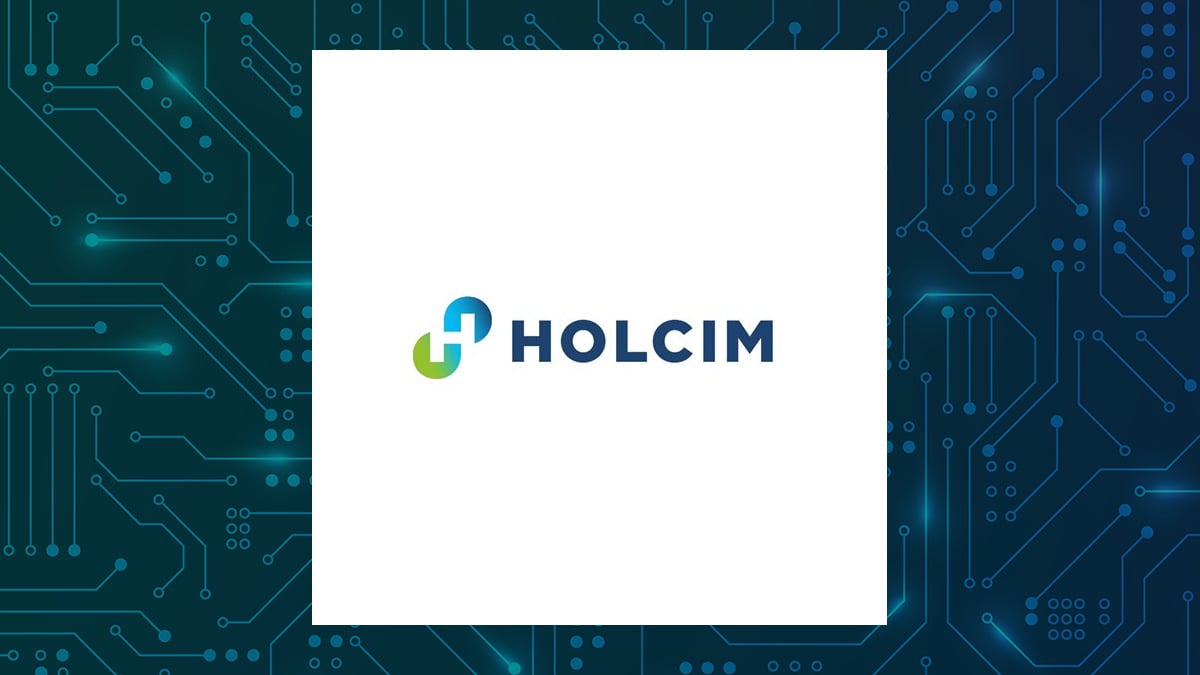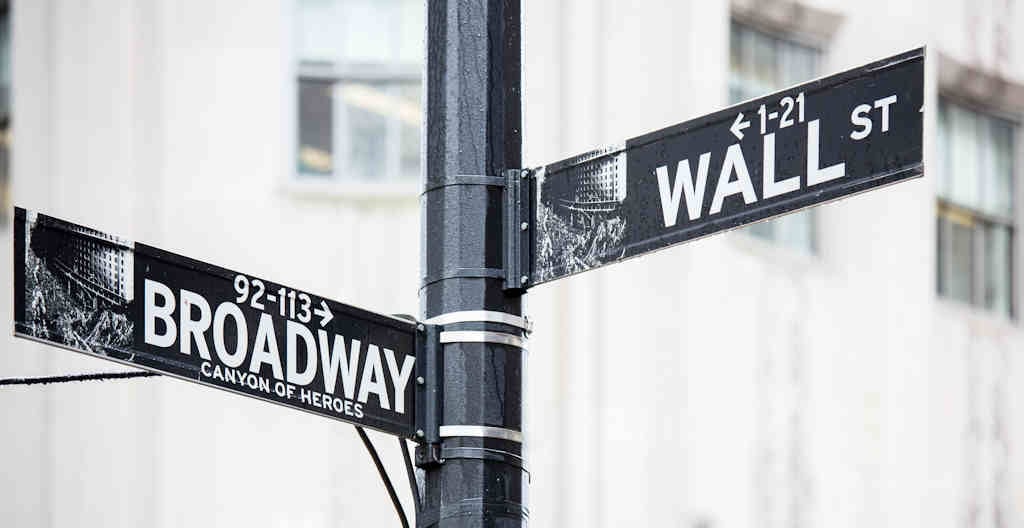From legal victory to institutional embrace, XRP is making big moves! Futures launch, ETF filings, and global adoption fuel its rise. XRP is utilizing the opportunity to be known in the global cryptocurrency markets. A mixture of regulatory changes, growing institutional demand, strategic appraisals, and increasing real-world applications of XRP allow it to take a leadership position in the forthcoming wave of crypto-asset acceptance.
Utility, clarity on legal issues, and available infrastructure excite potential investors and developers. Regulatory Clarity Restores Investor Confidence In the last many years, the market for XRP shifted greatly mostly due to the Ripple Labs vs. U.

S. SEC legal tussle, in which one of the main disputes was whether XRP indeed should be classified as a security. In early 2025, Ripple won a massive victory in this case.
The court ruled that XRP would not be considered a security once it was sold on the secondary market, thereby giving much-needed regulatory clarity. Investors welcomed this development. Volumes increased, exchanges that had previously delisted XRP during the legal proceedings relisted the token for millions of retail and institutional participants.
With the legal shadows lifted, XRP came back into the mainstream investment portfolios. Firms can offer XRP-based products with increased confidence for a new growth cycle. CME Futures and ETF Filings Elevate Institutional Demand CME Group, one of the world ́s largest derivatives exchanges, stated it would issue cash-settled futures contracts for XRP.
The launch signals an increasing thirst on the part of institutional investors to gain access to XRP via regulated financial instruments. The contracts would allow hedge funds, family offices, and other institutional players to hedge against or speculate on moving XRP prices in a secure manner within the regulations. Alongside, a few asset managers have filed for spot XRP ETFs.
Franklin Templeton and others submitted applications with regulators to get approval to allow the trading of XRP ETFs on public exchanges. By sidestepping direct wallet management or token custody, these ETFs aim to furnish access to XRP for both retail and professional investors. The advance in institutional-grade financial products denotes XRP's maturation.
Large-scale investors are viewing XRP as a strategic asset rather than a speculative coin. Ripple ́s Strategic Moves Reinforce XRP ́s Infrastructure Ripple Labs-the company backing XRP's principal eco-system- took up a bold step with the acquisition of Hidden Road, a global prime brokerage platform. The $1.
25 billion acquisition gives Ripple the ability to integrate post-trade activities directly into the XRP Ledger and gives XRP additional relevance to institutional clients by bridging the decentralized and traditional financial infrastructure.Ripple plans to use its newly introduced RLUSD stablecoin as a tool for cross-margining between crypto and fiat-based trades. By streamlining settlements and reducing capital inefficiencies, Ripple strengthens the case for XRP as the preferred liquidity and settlement token for global finance.
Ripple’s proactive approach to expanding infrastructure reflects its long-term vision: transform XRP into a foundational asset for institutional decentralized finance (DeFi). XRP Adoption Surges in Asia and Emerging Markets The utility of XRP in cross-border payments continues to attract global attention. In Asia, investment firm HashKey Capital introduced a tracker fund dedicated to XRP.
The fund targets professional investors and institutions seeking exposure to one of the most actively used digital assets in the payments space. HashKey’s launch confirms a trend: institutional adoption of XRP is accelerating, especially in regions where cross-border transactions dominate the financial landscape. Meanwhile, in countries with underdeveloped banking systems, XRP facilitates fast and cost-effective international remittances.
Financial institutions and fintech companies in Africa, Latin America, and Southeast Asia increasingly rely on RippleNet , the payment network powered by XRP. The token’s role as a bridge currency for foreign exchange and remittance flows strengthens its relevance outside the speculative investment sphere. XRP’s global reach, particularly in corridors underserved by traditional banks, reinforces its utility-driven growth story.
XRP Price Performance Reflects Market Optimism XRP trades around $2.18 as of late April 2025, maintaining steady momentum after its legal victory and subsequent institutional recognition. Analysts predict higher valuations ahead, citing rising demand, limited circulating supply, and increasing utility.
Price targets for the remainder of 2025 range from $4.76 to $5.50, depending on market sentiment and regulatory developments in other jurisdictions.
Technical indicators support a bullish outlook. XRP has broken above key resistance levels on weekly charts. The Relative Strength Index (RSI) suggests that the token still has room to move upward without being overbought.
Moving averages point toward a long-term trend reversal in favor of the bulls. Several crypto research firms forecast that XRP could enter a parabolic growth phase if global ETF approvals come through and remittance volumes through RippleNet continue to rise. With both utility and narrative working in its favor, XRP now sits at the center of investor attention.
Why XRP Stands Out in the Current Market With indications that the crypto market may be maturing, investors are beginning to look past the hype to evaluate the long-term potential of different crypto projects. With a unique combination of real-world utility, legal clarity, and institutional-grade infrastructure, XRP stands apart from other altcoins chased by retail-driven narratives or mere short-term speculation. The network can process thousands of transactions per second, settle payments in a couple of seconds, and charge extremely minimal transaction fees, making it ideal for applications in real-time finance.
Ripple's long-standing support for regulatory compliance and ongoing partnerships with banks and payment providers give XRP legitimacy that many digital assets lack. Unlike the highly volatile meme coins or purely experimental projects, XRP stands with a very clear use case. It backs real economic activity, which ties into the theme of financial modernization.
By 2025, XRP would become mainstream among those open to discussions about the crossroads of finance and blockchain technologies. The above-mentioned court ruling settled a series of legal questions that had long been floating in the air. Institutional players started moving in with futures and ETFs.
Ripple moved into the market with acquisitions and stablecoin integrations . Getting into global markets, especially Asia and even developing markets, XRP for real use cases in cross-border payments. Now, this ability and growth story of XRP is all about real utility, regulatory clarity, and inroads into finance.
These are factors further consolidation XRP as one of the most alluring assets in the cryptocurrency field..
















